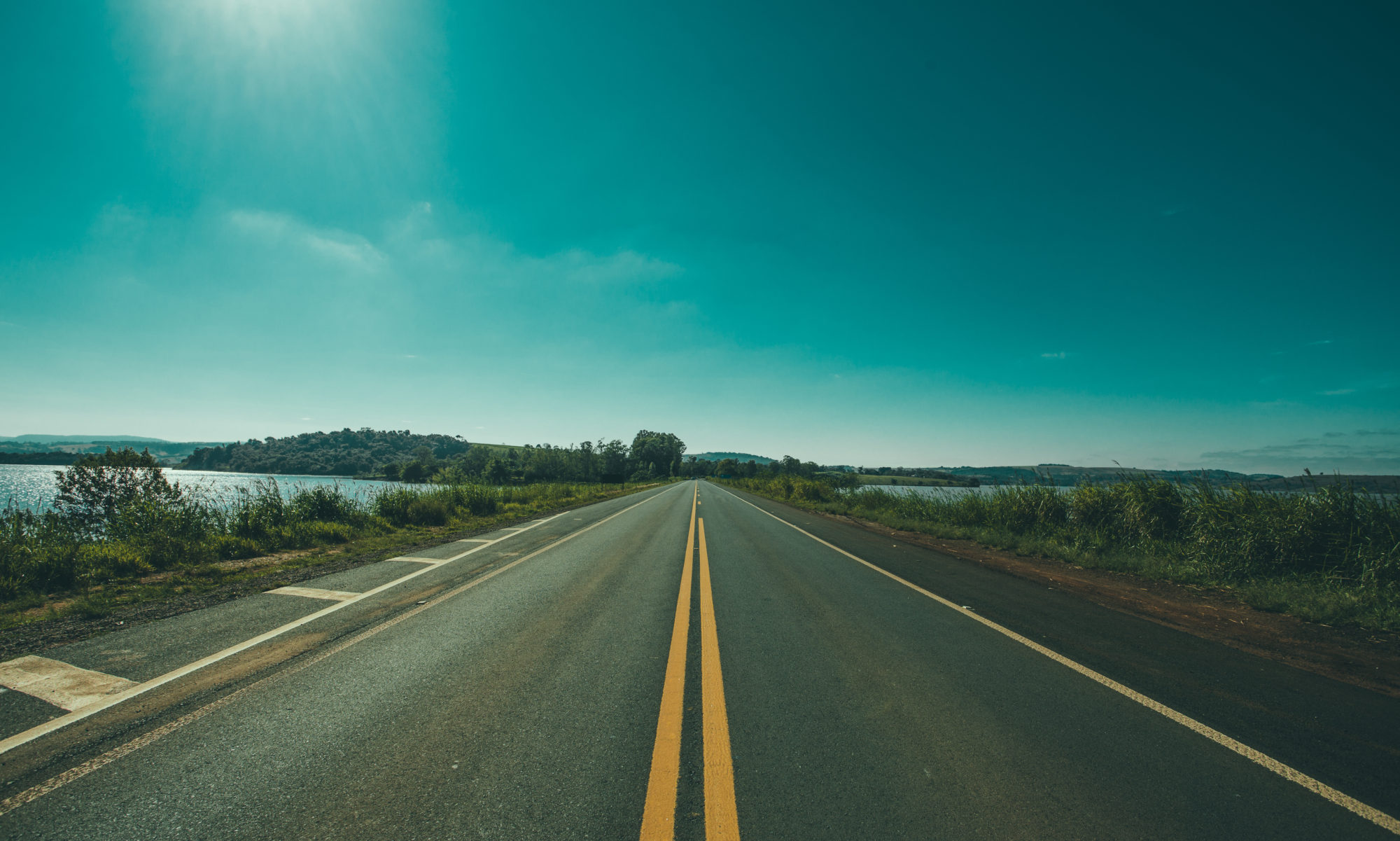That is, we have been here before. We can’t remember which year. Maria thinks it was 2011.
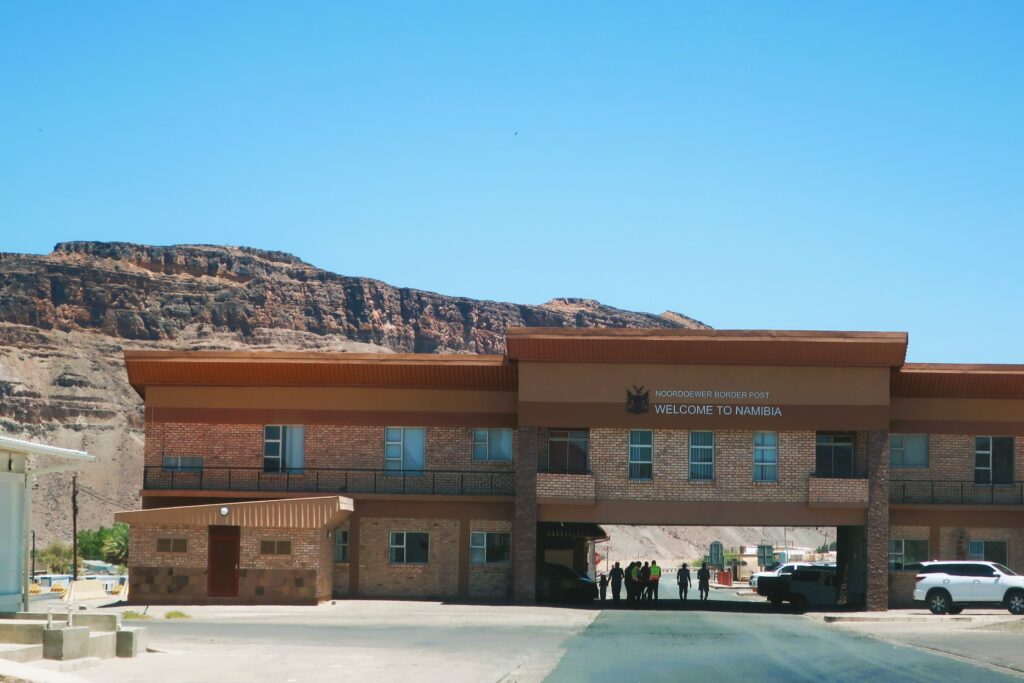
We camp most of the time. Campsites in Southern Africa wouldn’t strike, say, northern Europeans as particularly luxurious. But the humblest campsite here is like staying at the Waldorf Astoria compared to the campsites we’ve been to in East Africa.
Camping is basically a middle-class activity. And in most of Africa, there is no middle class. There are a few rich people – usually politicians – and most everyone else is poor. (Interestingly, the Indian community in East Africa seem to make up the middle class.)
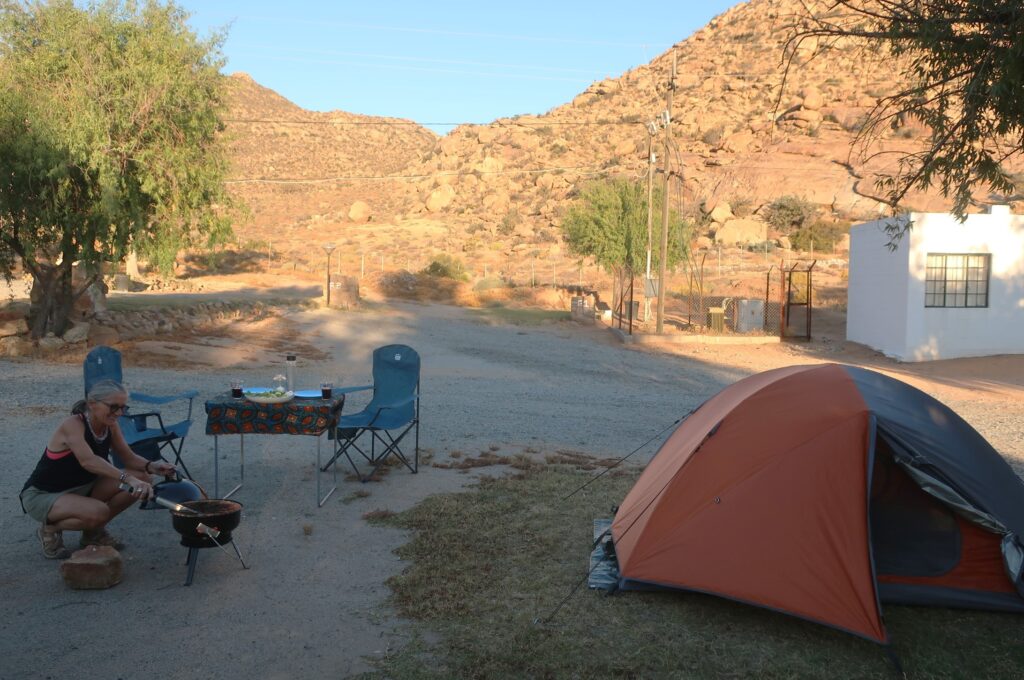
In Southern Africa, there has always been a middle class for whom ‘the holidays’ meant loading the family into a caravan and staying at the hundreds (thousands?) of campgrounds in South Africa and the surrounding countries. And the tradition continues.
We spend the night camping at the Ai-Ais Hot Springs Resort.
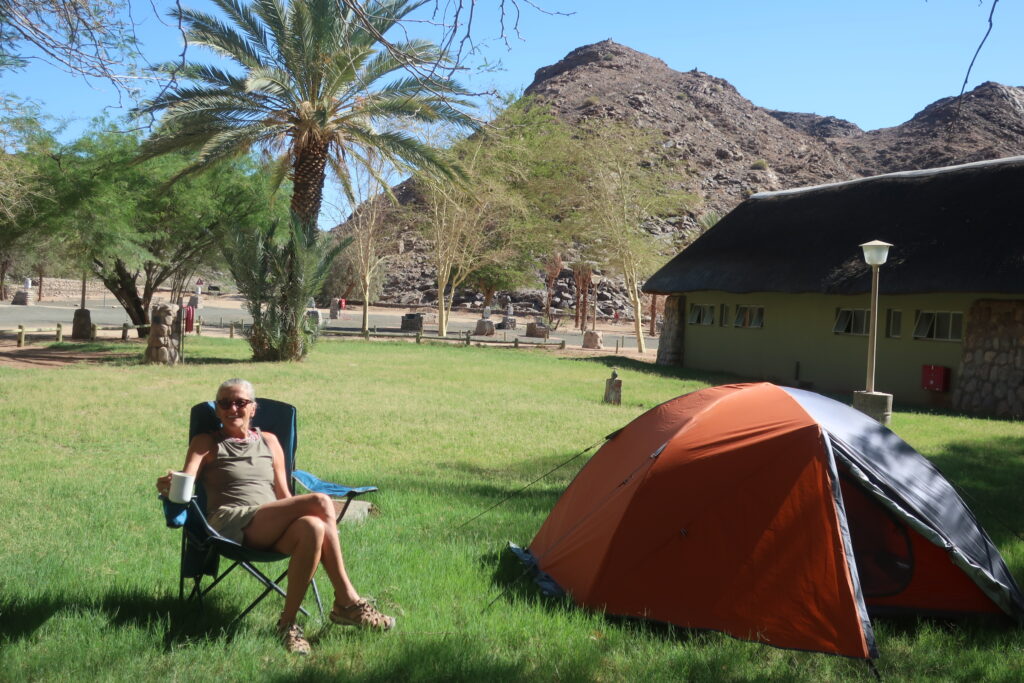
The campsite is infested with baboons. We add a slingshot to our panoply of anti-primate weapons.
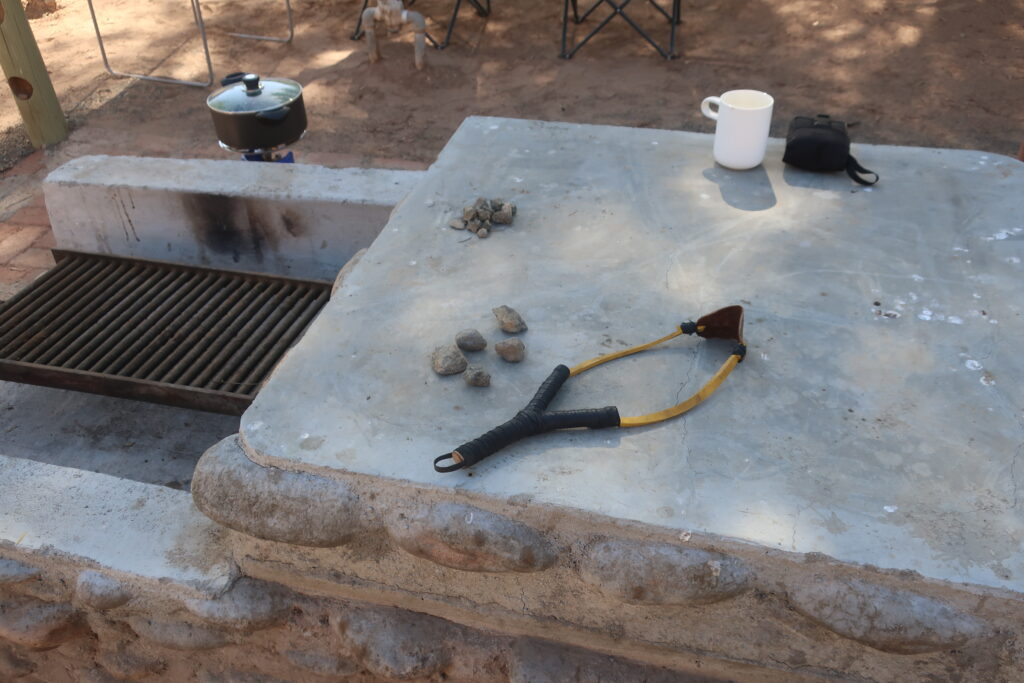
There’s something about this country that we can’t get enough of. Our love of deserts is well-known. The wide open spaces, the lack of people, the surviving intact infrastructure (thanks to 55 years of South African administration).
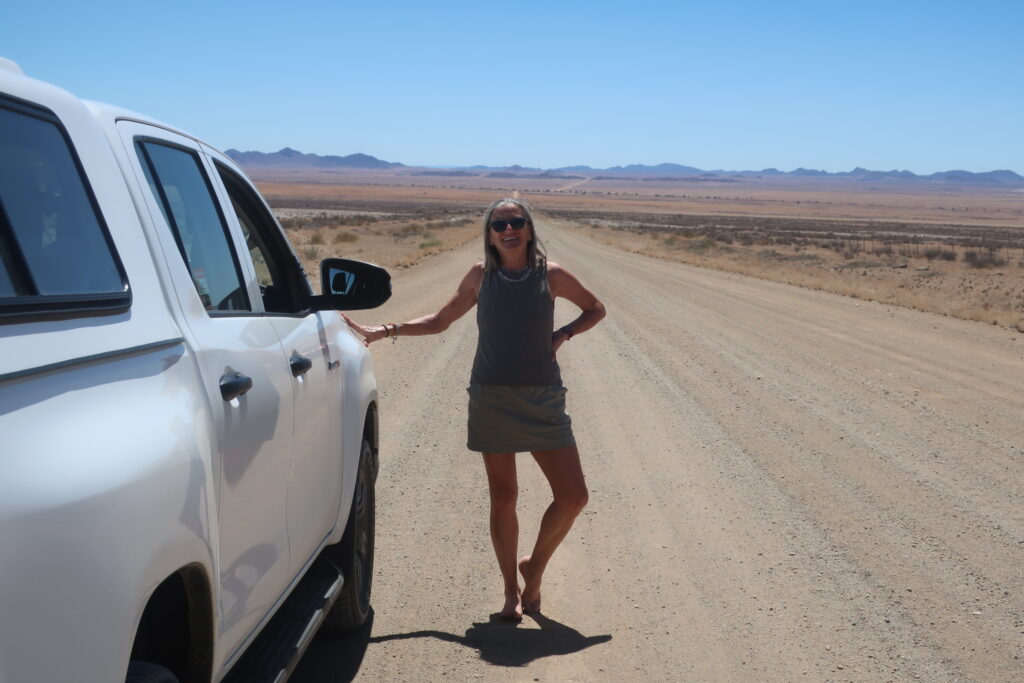
Next stop: the Fish River Canyon. It’s supposed to be the world’s second largest (after the grand canyon).
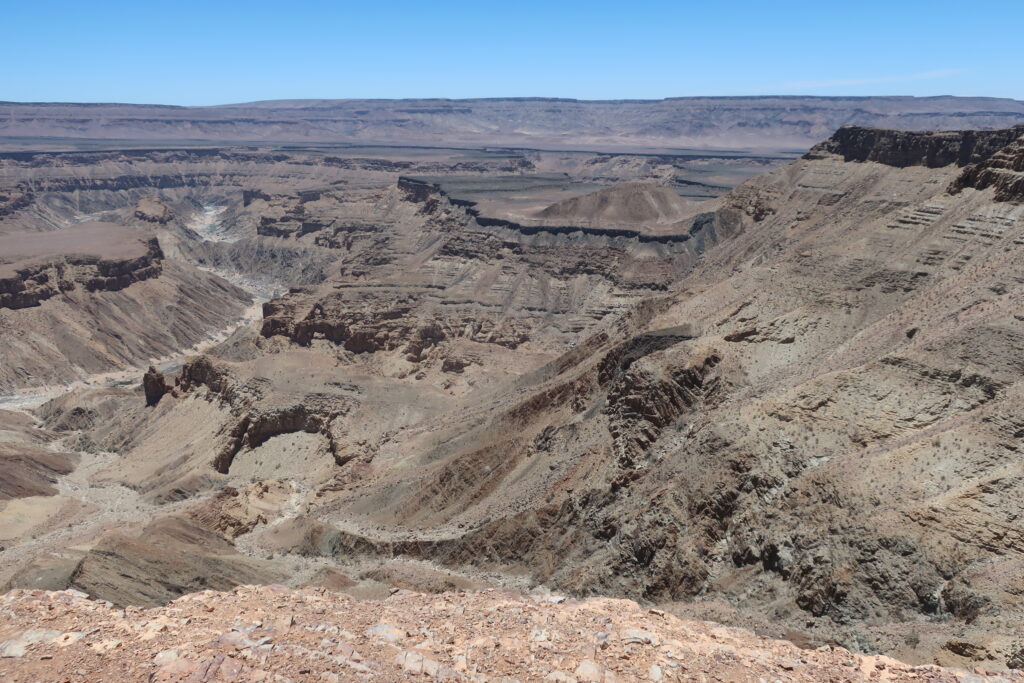
It’s a four to five day hike. According to wikipedia:
‘Due to flooding and extremely hot summer temperatures reaching 48 °C during the day and 30 °C at night, permits are only issued between 1 May and 15 September.’
So we won’t be hiking it this trip.
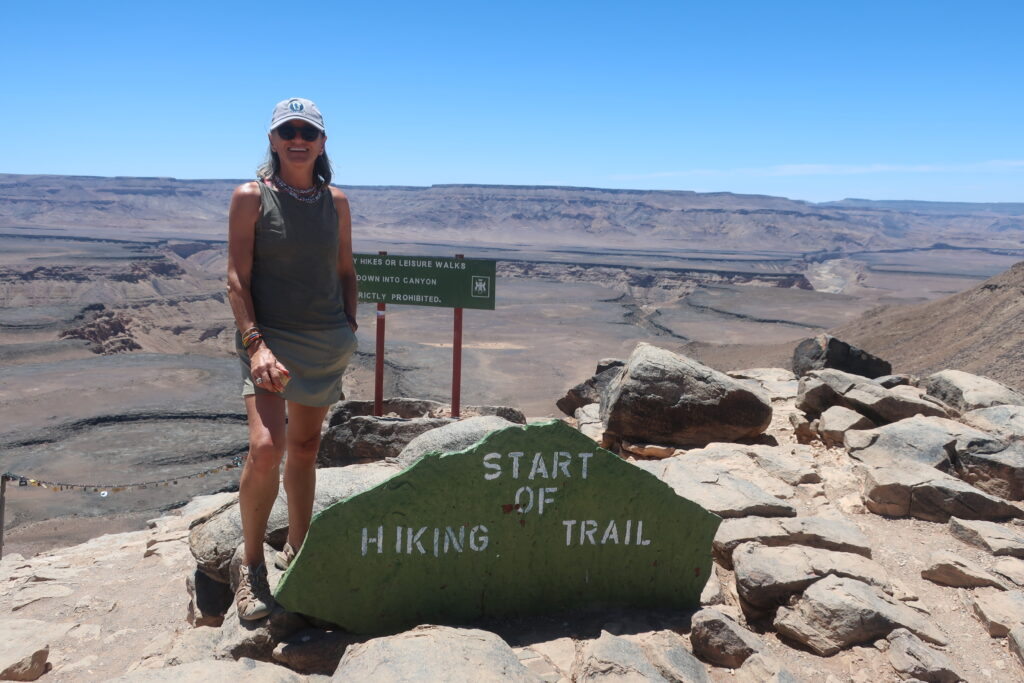
Our next destination is Lüderitz. Along the way, we stop at the slightly-off-the-track remains of Fort Naiams, an old fortress from the short-lived German era.
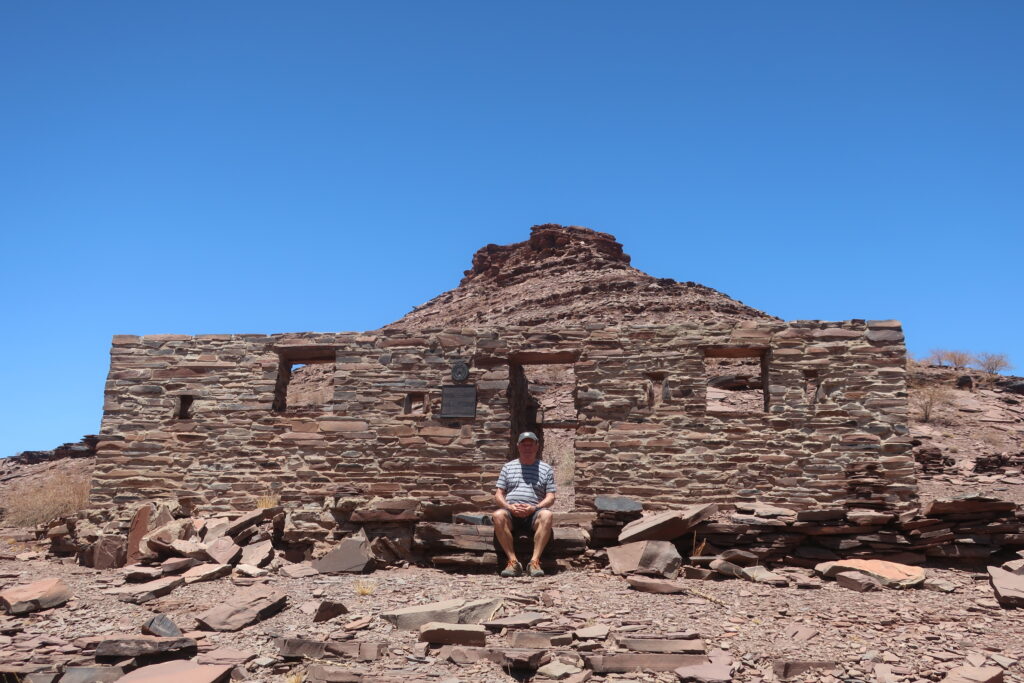
Apparently it used to look like this.
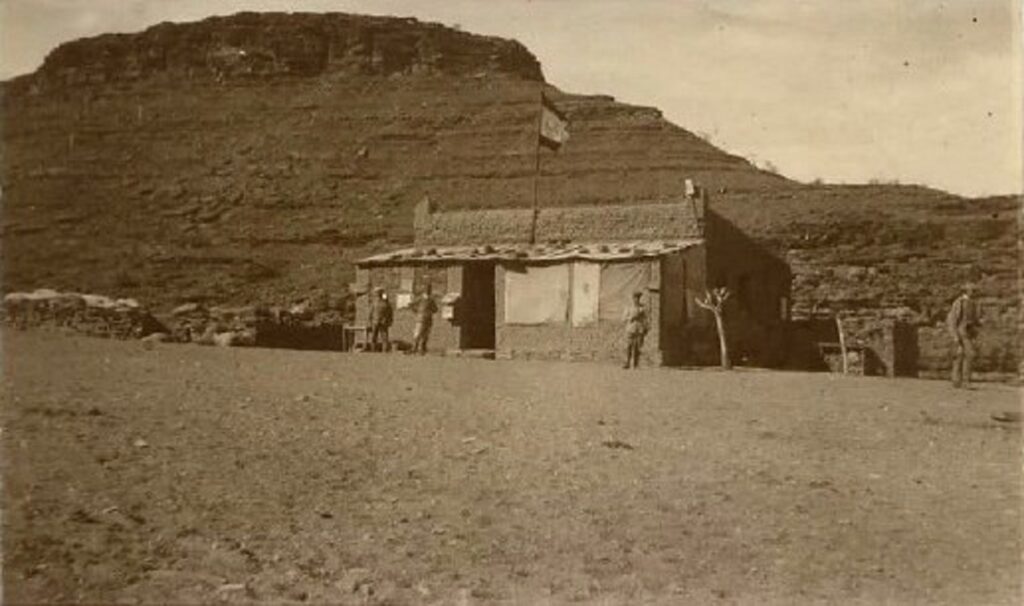
There are a couple of servicemen buried on the site.
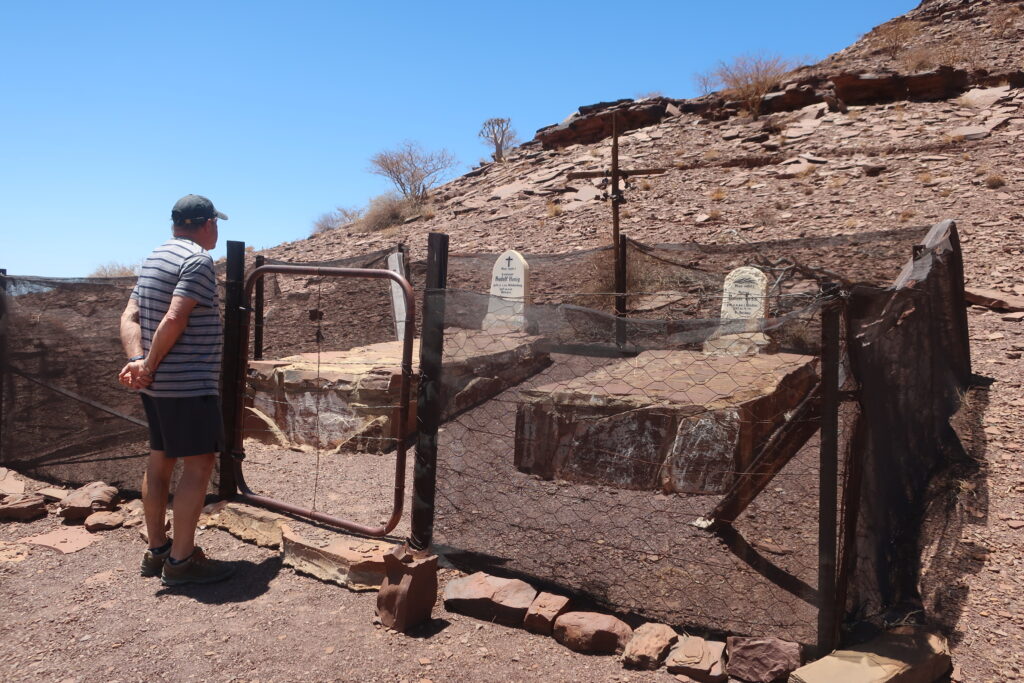
At the picturesque hamlet of Aus, we visit another final resting place. It’s a Commonwealth War Grave. It’s unusual, because there are both British (South African) and German soldiers buried here. (Aus was the site of a POW camp in WWI.)
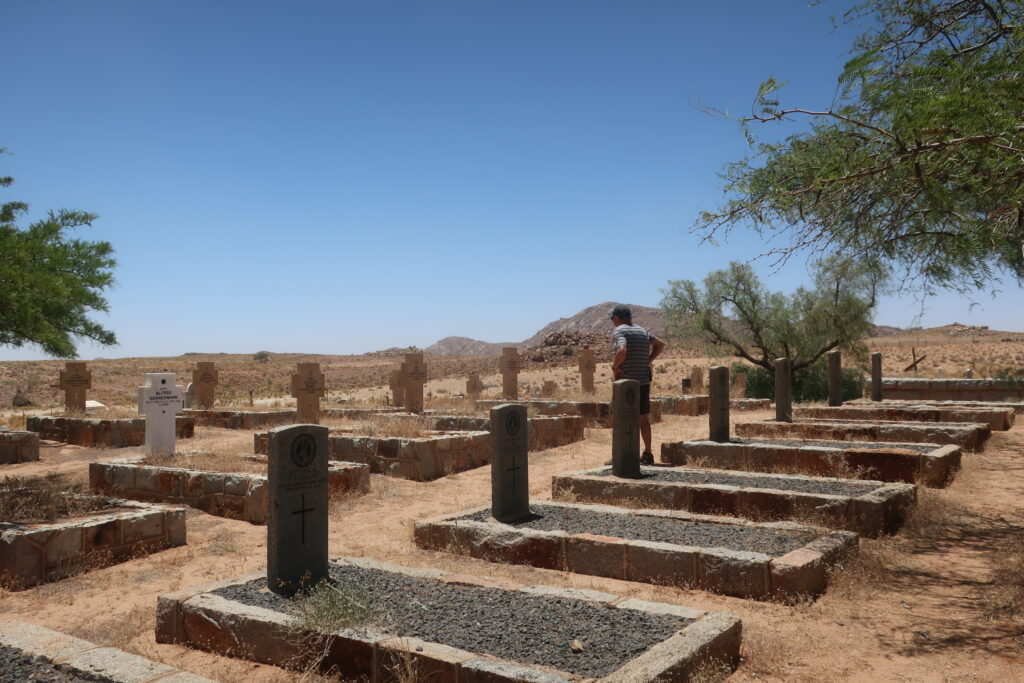
Between Aus and Lüderitz, we pass through surreal desert landscape.
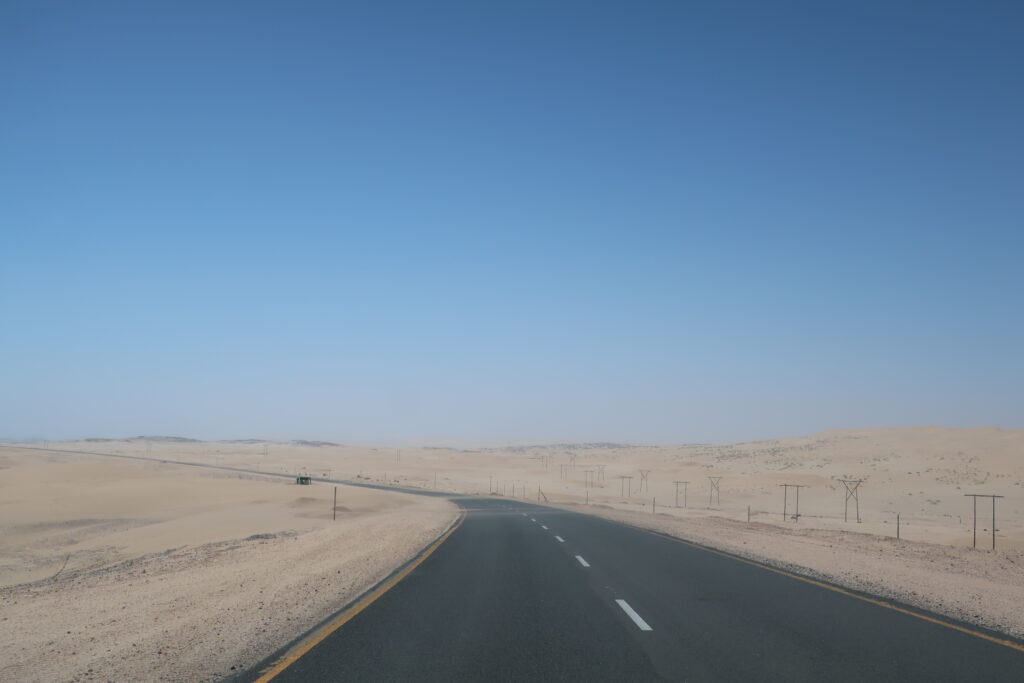
We arrive in Lüderitz. The town has many examples of stolid Teutonic architecture of the early 20th century.
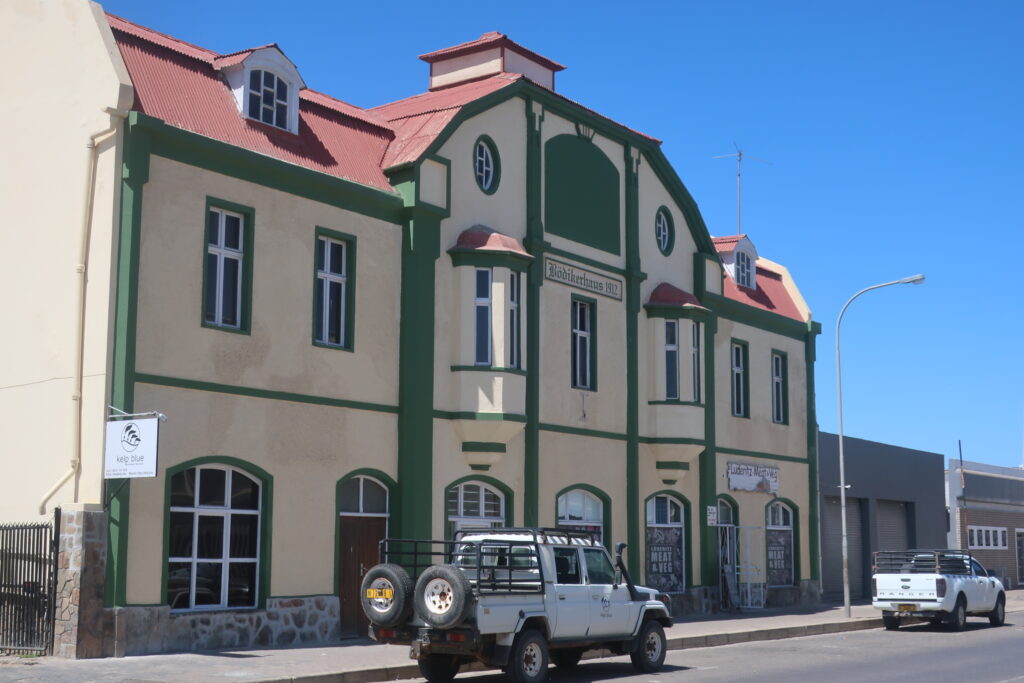
The Woermann Line was once the main link between Germany and its African colonies.
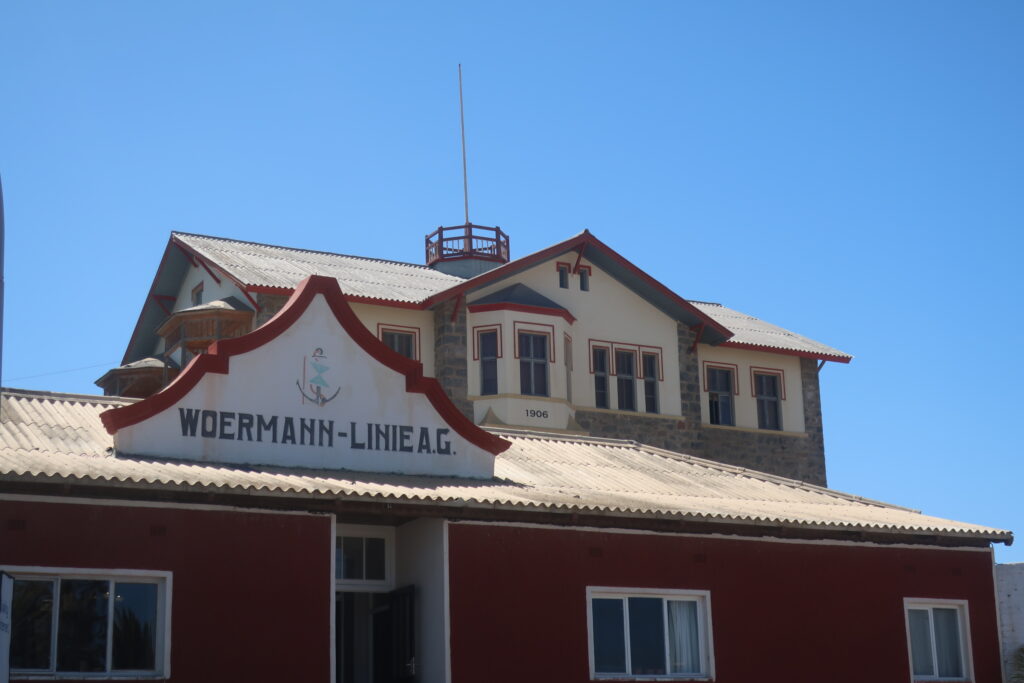
Strange to see buildings like this surrounded by sand and palm trees.
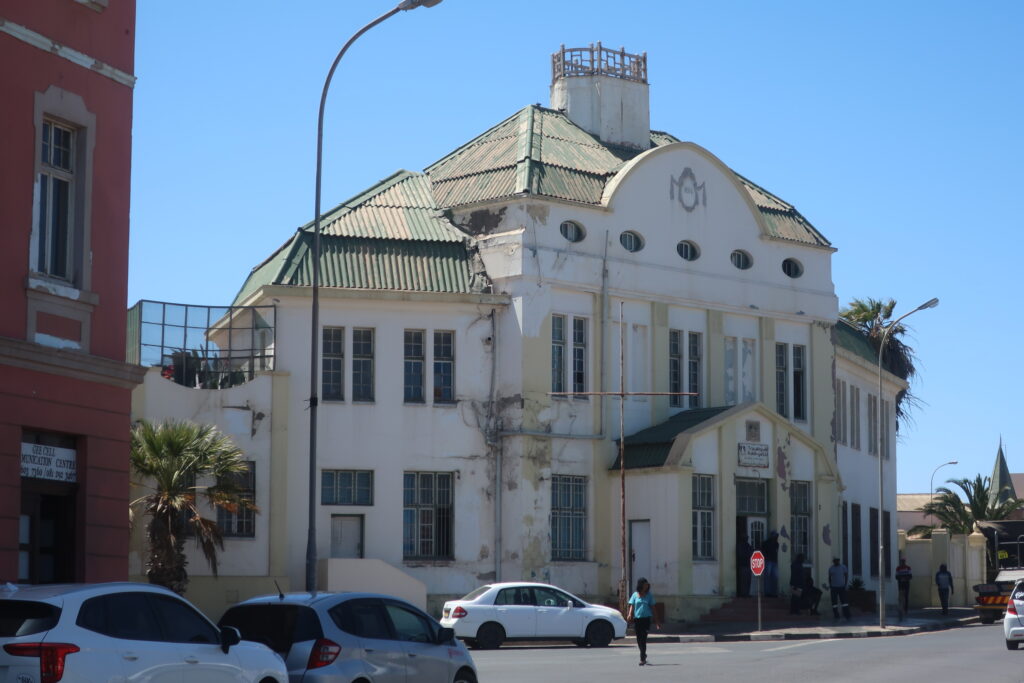
Our accommodation is in the old wheelhouse of a fishing vessel.
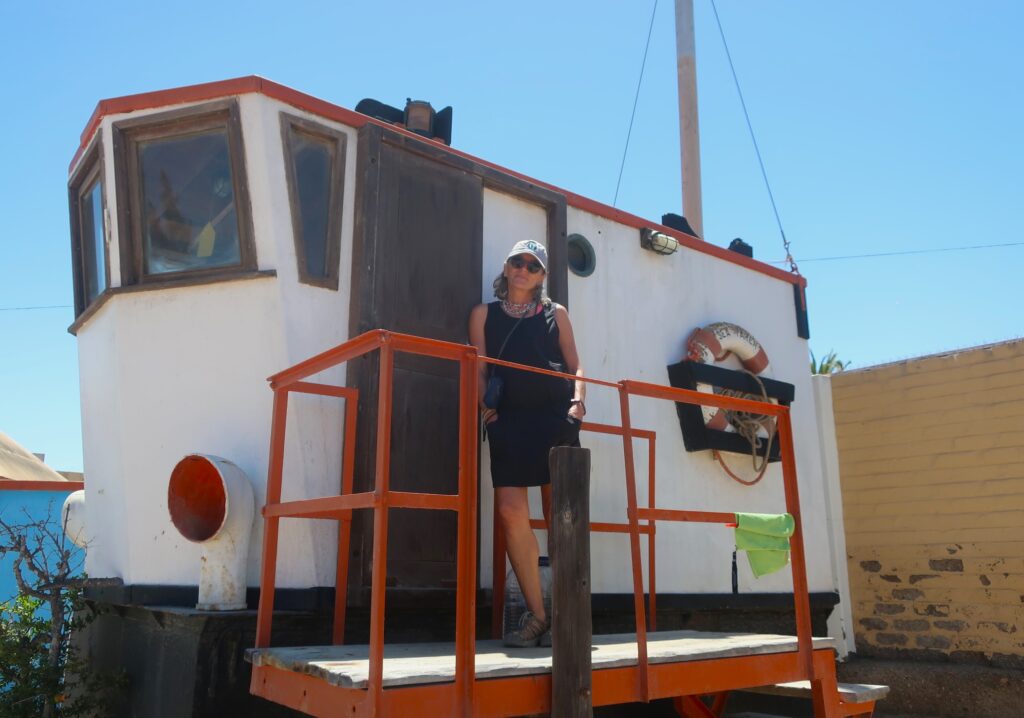
Nearby is the ghost town of Kolmanskop.
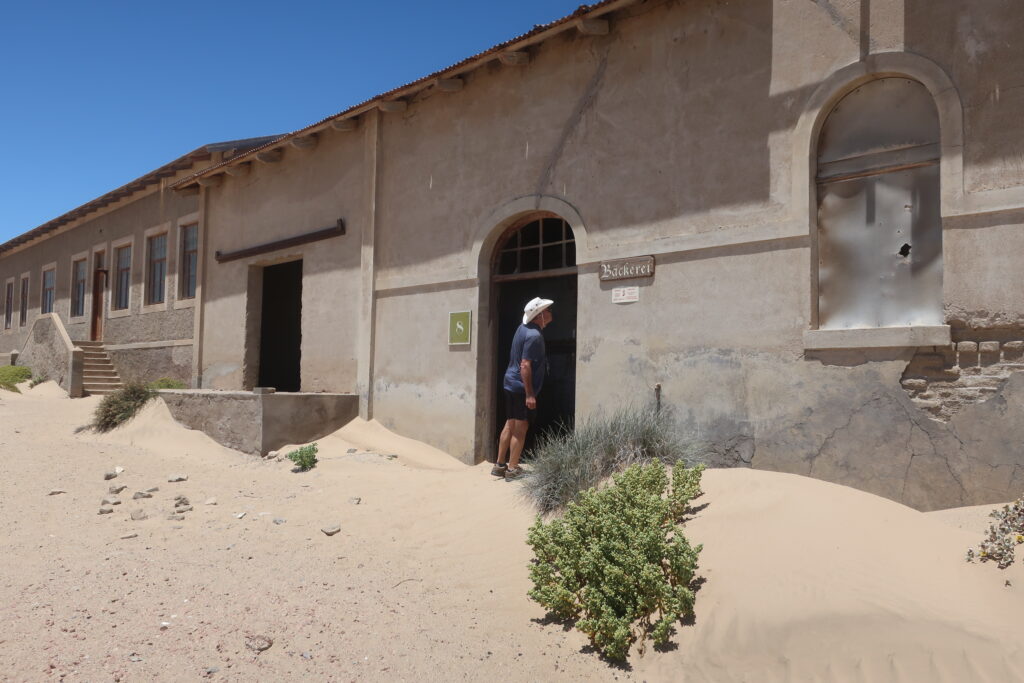
Large parts of coastal Namibia have been strictly off limits for more than a century. The map describes these areas as the ‘sperrgebeit‘, that is, ‘forbidden zone’. Apparently because of the diamond industry. In the old days, you could pick up diamonds off the ground. Then different mining techniques were used. Now they have underwater diamond mining. Unspecified threats, both legal and physical, are hinted at to trespassers.
It’s all very mysterious.
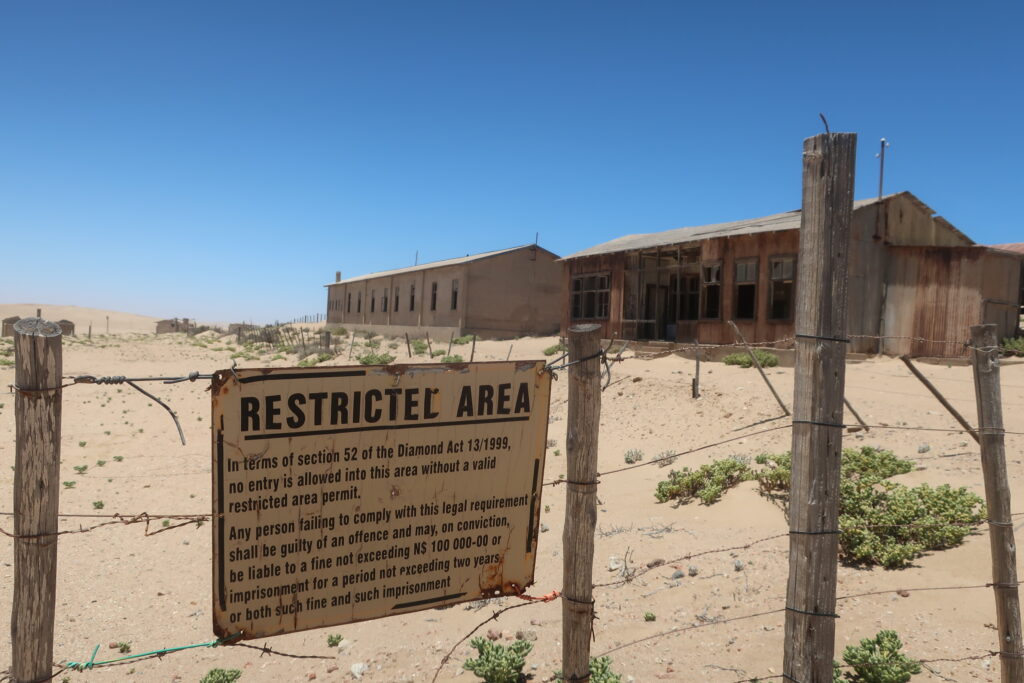
Like ghost towns everywhere, it’s kind of spooky.
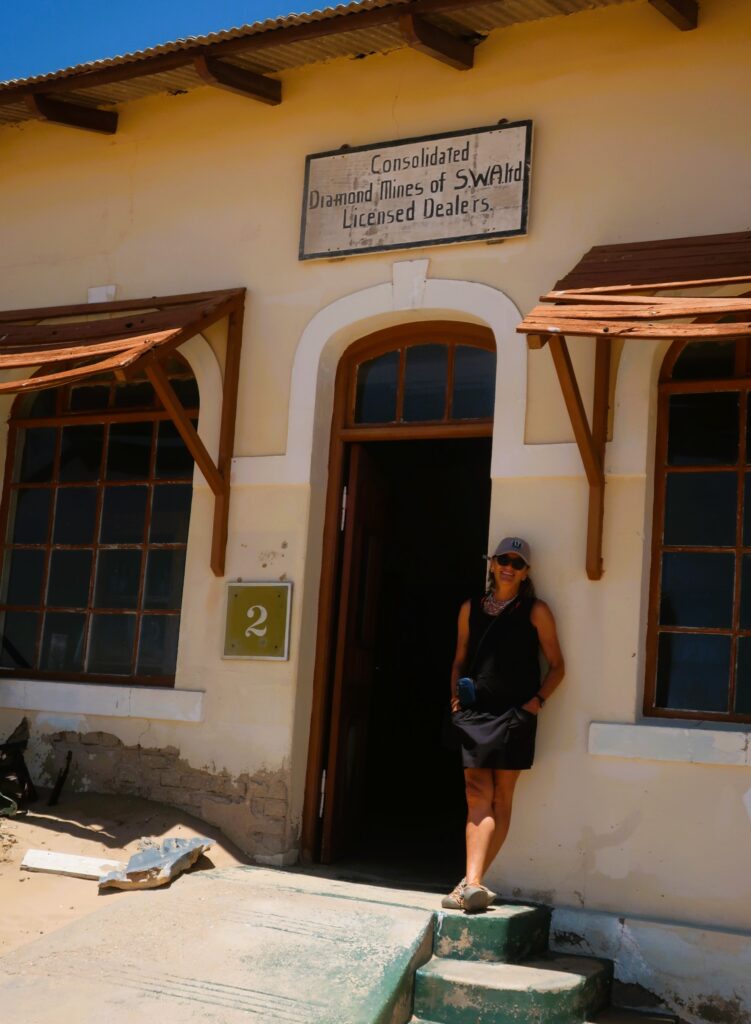
It doesn’t take long for the desert to reclaim its space.
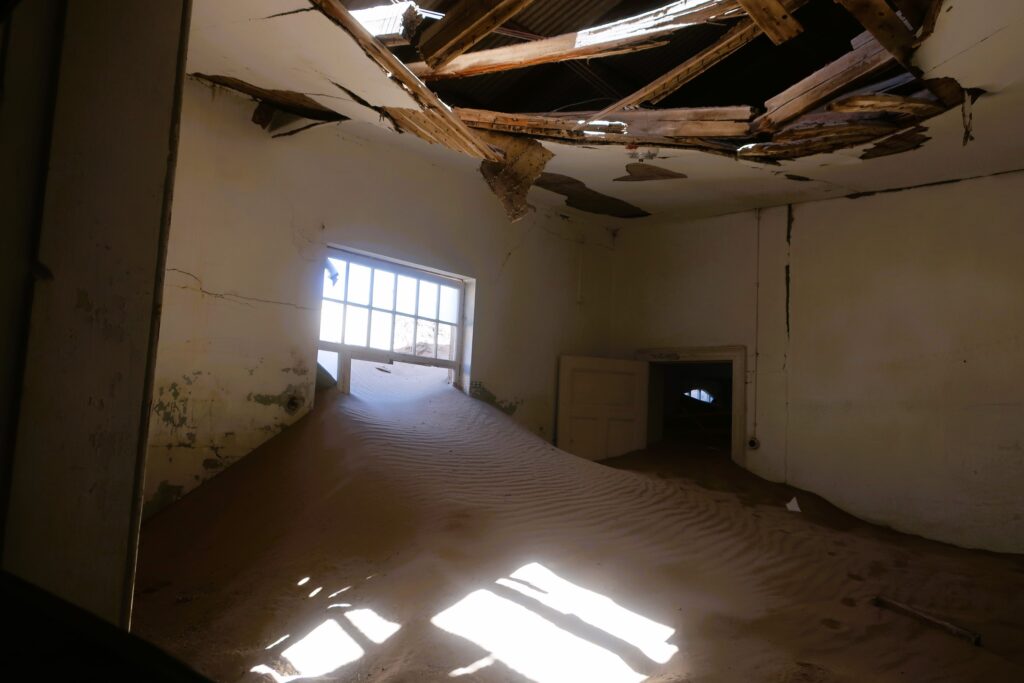
Sight or Insight of the Day
On a day trip, we visit Diaz Point, 20 kilometres from Lüderitz. Bartholomew Diaz sailed by here in his Africa-rounding expedition of 1487.
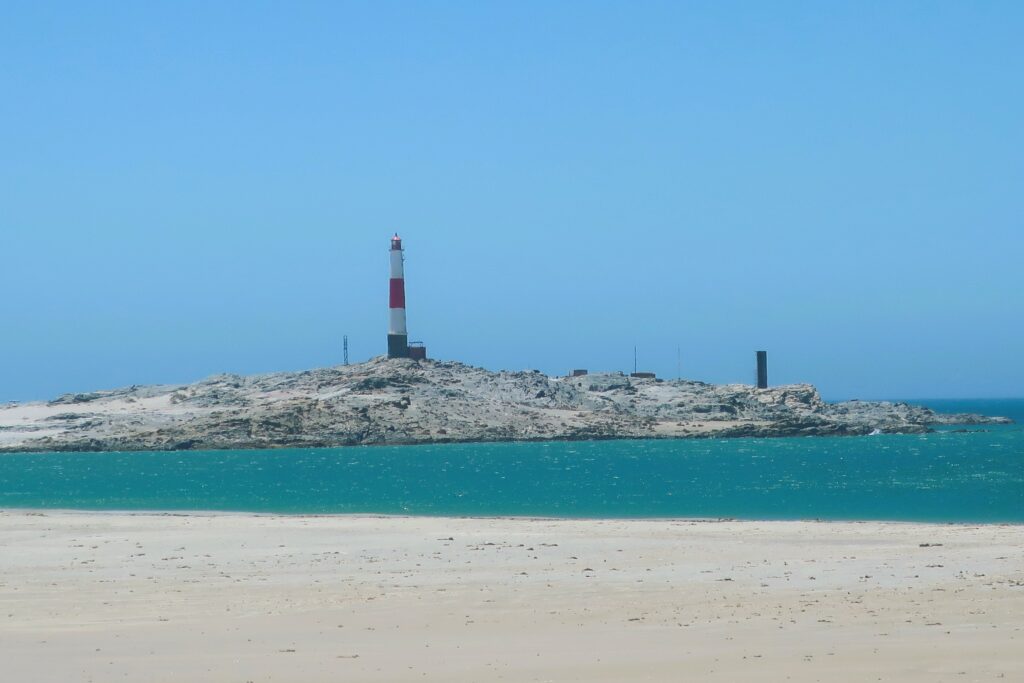
It’s a desolate, wind-scoured place. There’s a lighthouse (that doesn’t work), what looks like a weather station (that doesn’t work), and a couple of houses (that look abandoned.)
There is a pleasant coffee shop and a campsite that offers ‘sheltered accommodation’.
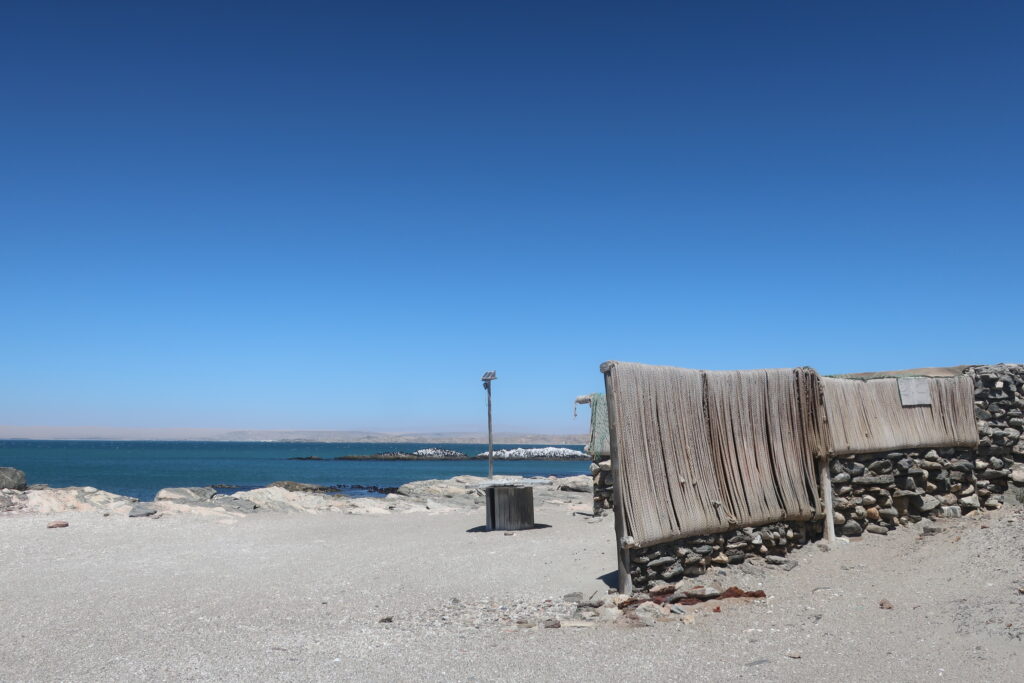
Maria loves the place and insists we camp here overnight. Even though there are hefty (and colourful) scorpions around.
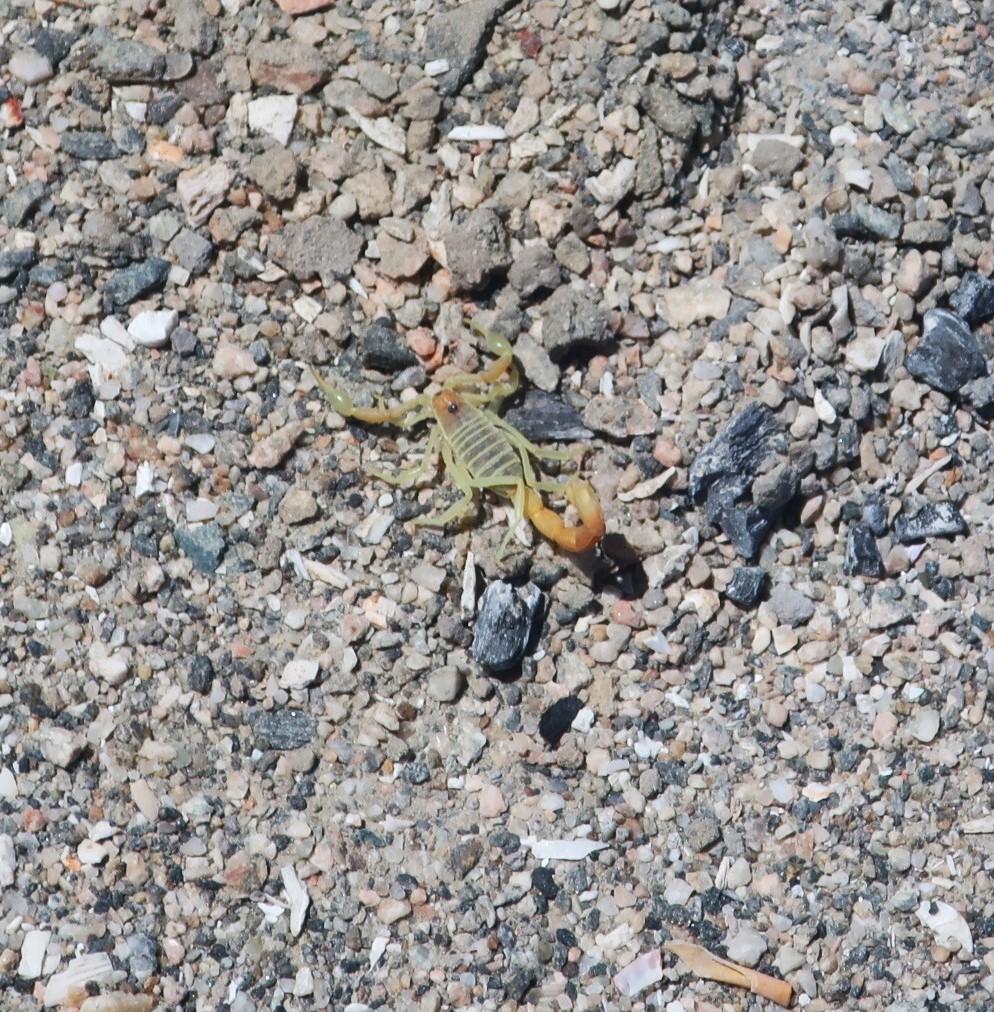
So we do. By the evening, we are the only people on the peninsula
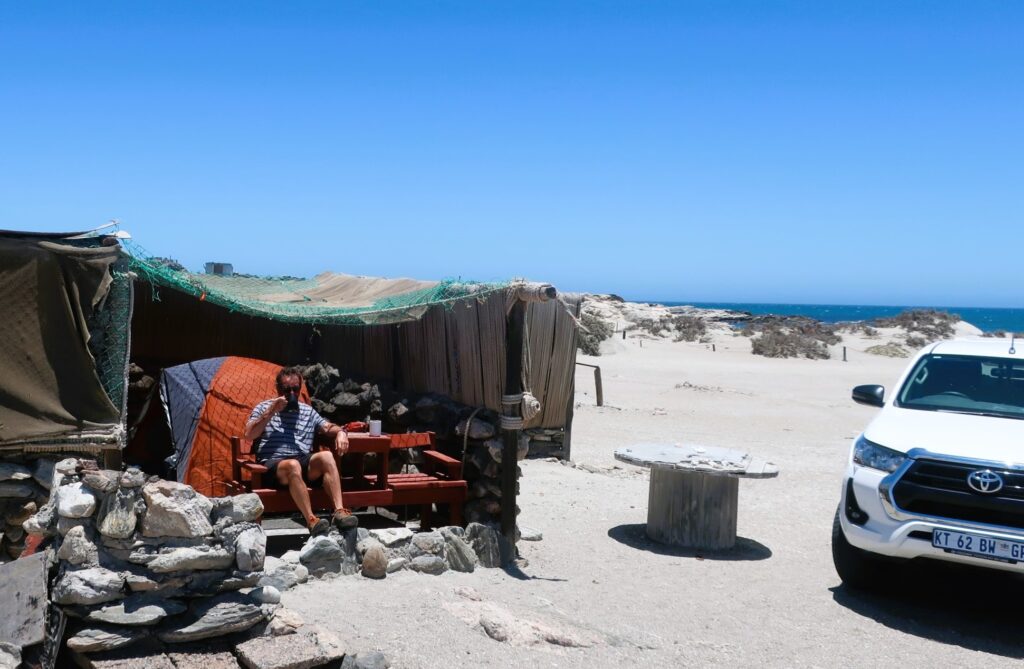
Later that evening…
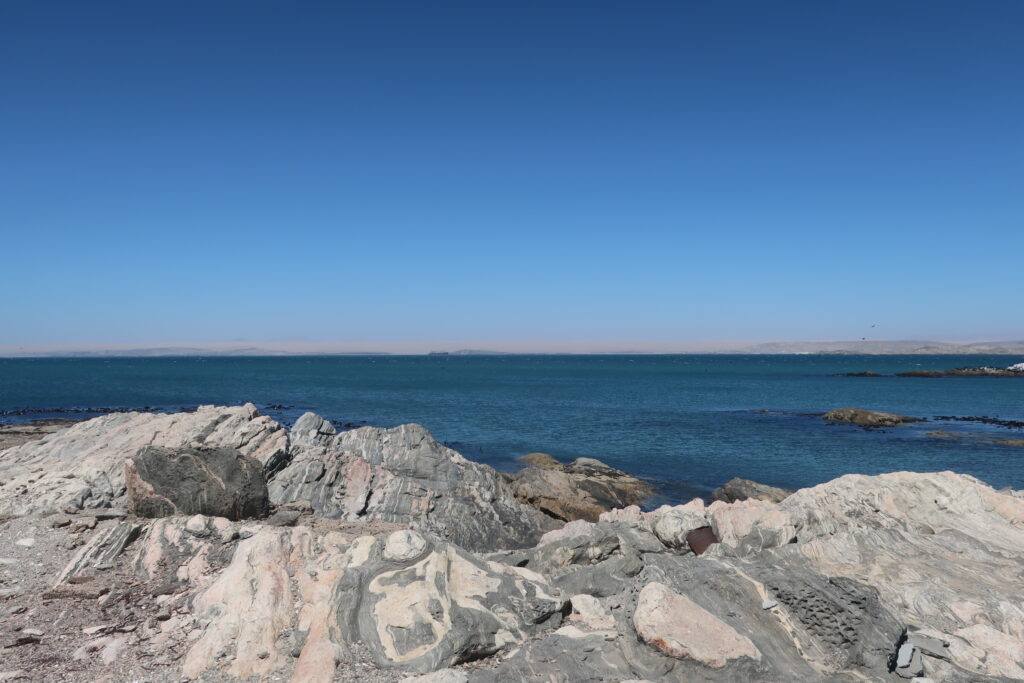
We are looking out over the whitecap-lashed Atlantic when we both exclaim ‘Did you see that?’ A humpback whale leaps out of the water about a hundred metres away. And repeats this performance again and again, as if for our benefit, ten or fifteen times.
(The photo is not ours, it’s by Todd Cravens and was copied from the Unsplash copyright-free photo site.)
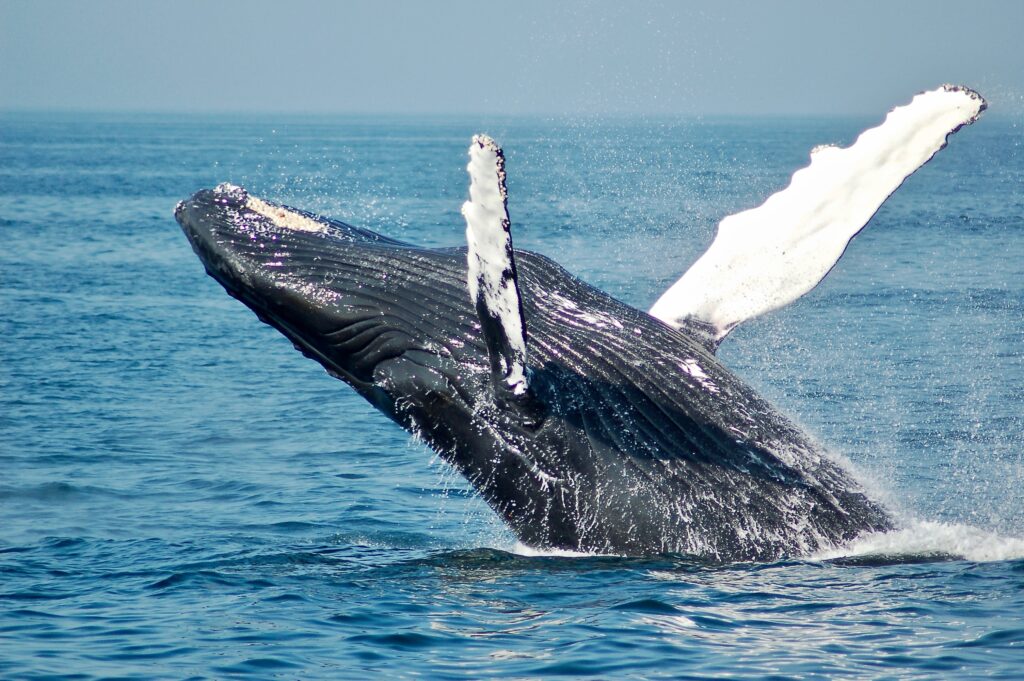
We can honestly say this is one of the most amazing things to ever befall us, completely by chance. What are the odds that this whale would do his breaching right in our (relatively narrow) field of vision? Divine providence? Or just plain dumb luck?
